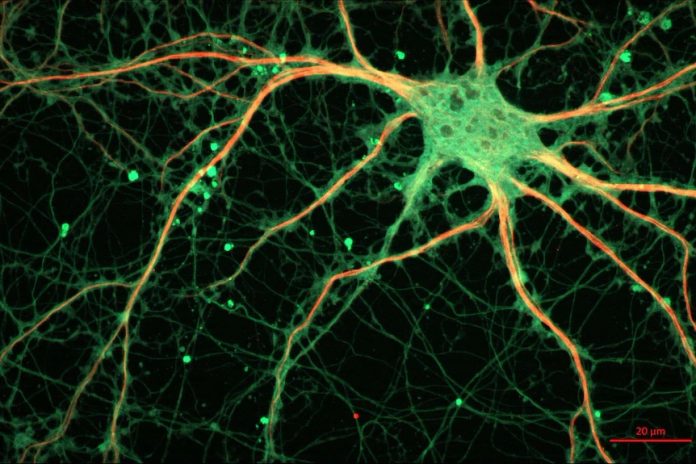ANNABELL (Artificial Neural Network with Adaptive Behavior Exploited for Language Learning), a cognitive model, made up of two million interconnected artificial neurons, is the first man-made device that has learned a language. Dr. Bruno Golosio from the University of Sassari in Italy and colleagues from the University of Plymouth in the United Kingdom developed the mechanics and the methods that have taught a machine to learn a language for the first time.
ANNABELL was not programmed with any language capability. The device learned language from a human being by hearing the person talk. The verification of the functionality of the prototype required that ANNABELL hear 1,500 sentences that came from early childhood language development literature. ANNABELL has produced 500 sentences that have all of the components of speech in the proper order and the proper place in sentence structure.
The development of ANNABELL indicates that humans learn language by interacting with the environment. There is no master program that makes humans learn language. Just like humans, ANNABELL was constructed to have synaptic plasticity and neural gating. Synaptic plasticity is a necessity for learning and is a measure of the increased efficiency demonstrated by two or more nerve cells that are active at the same time. Neural gating controls the rate of information exchange between two neurons and can be considered as an off-on switch.
The researchers have in essence created the heart of the ‘Star Trek’ computer. A person can talk to the machine and it learns. The machine can produce realistic responses based on its own learning. The ANNABELL device is a major step toward much more human-like artificial intelligence.








